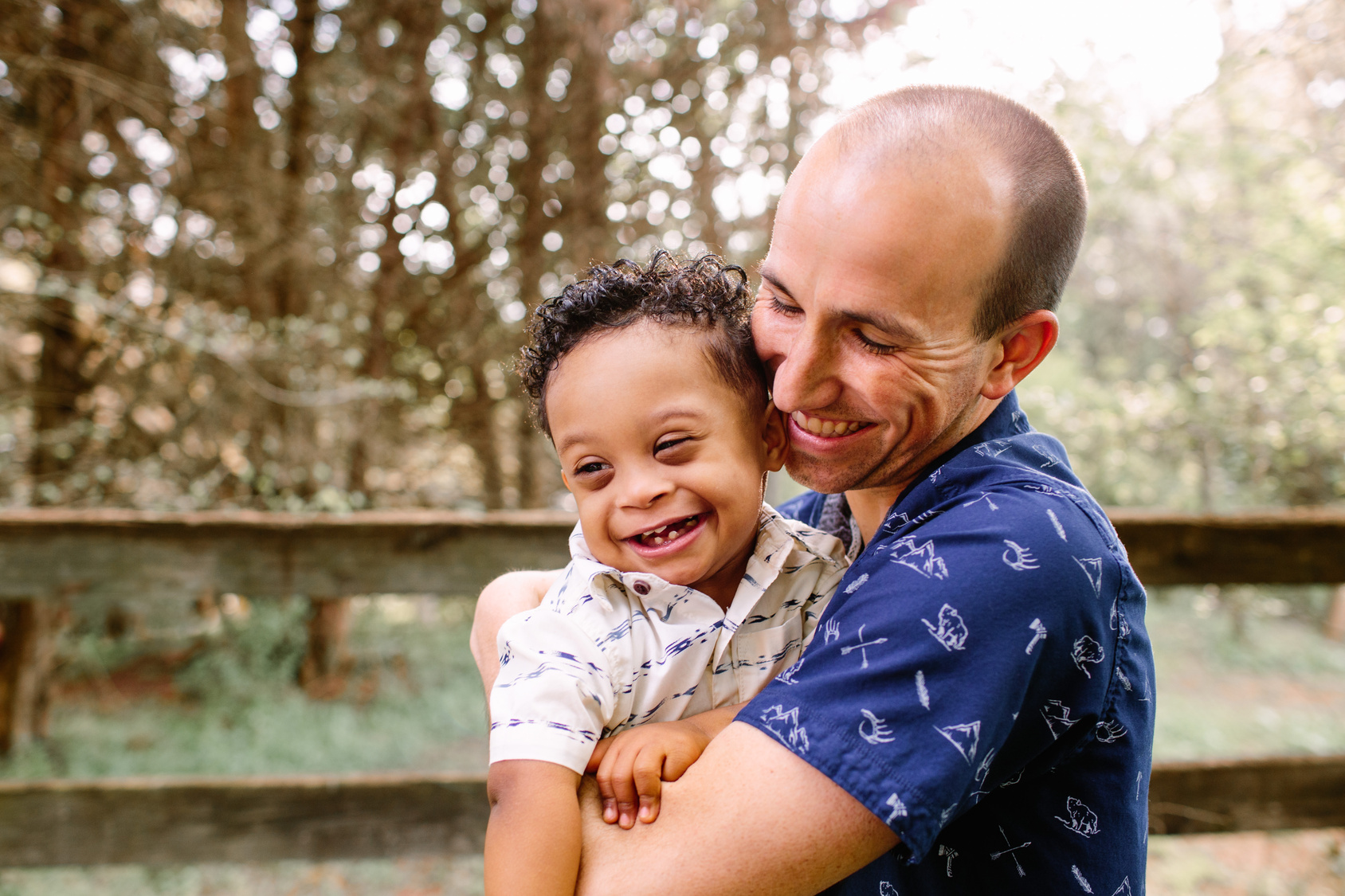Down’s syndrome and leukaemia

About Down’s syndrome
Down’s syndrome is a condition in which a child is born with an extra copy of their 21st chromosome. It is also known as trisomy 21. Down syndrome and Down’s syndrome are both acceptable ways of spelling the condition.
Children and adults with Down’s syndrome (DS, trisomy 21) have been found to be at a significantly higher risk of developing leukaemia.[1] Despite advances in research over the past 20 years, many aspects of the link between DS and leukaemia remain unknown. However, discovering genes on chromosome 21 that contribute to leukaemia has led to better treatments and outcomes.
The increased risk of children with DS developing leukaemia has been known for decades, with them being about 150 times more likely to develop acute myeloid leukaemia (AML) before the age of 4 and 10 to 20 times more likely to develop acute lymphoblastic leukaemia (ALL) compared to children without DS.[2][3]
Despite children with DS undergo extensive screening for leukemia in their early years, adults with DS are also at risk, but no predictive tests are available for them. The signs and symptoms are the same as for anyone else, such as easy bruising, frequent infections, and fatigue. These symptoms can be easily overlooked in adults with DS due to other existing conditions.
If you have any concerns about the person you support, seek urgent medical advice. More information is available in the links below.
The relationship between leukaemia and Down’s syndrome is intricate and not yet fully understood. Nonetheless, substantial research is ongoing, building upon existing advancements. Here are a few examples:
Myeloid leukaemias and Down syndrome (ML-DS):
Some babies with Down’s syndrome are born with a unique pre-leukemic condition called Transient Leukaemia of Down’s syndrome (TL-DS), also known as Transient Abnormal Myelopoiesis (TAM). This temporary condition resolves itself without treatment in 80% of cases as the baby gets older, usually by 3 months of age. Those more severely affected might need chemotherapy, which usually has a good success rate, and most babies recover fully from this condition. However, it can also develop into acute myeloid leukaemia in early childhood, commonly referred to as myeloid leukaemia of Down syndrome (ML-DS).
Treating ML-DS is challenging due to the higher sensitivity of individuals with Down syndrome to chemotherapy. High-dose chemotherapy caused many treatment-related deaths, so doctors have begun using special, less intense chemotherapy plans for these individuals. By gradually reducing the treatment intensity, they significantly lowered the number of deaths and heart problems, helping nearly 90% to survive without the cancer returning.
Lymphoblastic leukaemias and Down syndrome (DS-ALL):
Similarly to ML-DS there are multiple ongoing studies into DS-ALL particularly as there are worse survival outcomes when compared to ML-DS. Not only are treatments harsh but there has been an observed toxicity with haematopoietic stem cell (HSC) transplants in children with DS-ALL.2 However ongoing research does bring hope, for example in the form of Car-T cell therapy. Early studies have found that children with relapsed or hard-to-treat DS-ALL responded similarly to children without DS when treated with CD19-directed CAR-T-cell therapy. This finding suggests that CD19-targeted immunotherapy could be a promising option for children with DS-ALL experiencing their first relapse, potentially helping them avoid the harsher side effects of stem cell transplants.[4]
Outcomes for relapsed/refractory leukaemia in children with DS are extremely poor, highlighting the need to improve quality of care for these children who have other trisomy 21-associated health issues that complicate their chemotherapy treatment.
This extract has given a small introduction on DS associated leukaemia and a window into treatment advances in the field. However, this is not an extensive oversight, and we recommend speaking to a health care professional.
See below more sources to explore:
Down’s Syndrome Association – Leukaemia.
References:
[1] Hasle H, Clemmensen IH, Mikkelsen M. Risks of leukaemia and solid tumours in individuals with Down’s syndrome. Lancet. 2000;355(9199):165-169.
[2] Baruchel A, Bourquin JP, Crispino J, Cuartero S, Hasle H, Hitzler J, Klusmann JH, Izraeli S, Lane AA, Malinge S, Rabin KR, Roberts I, Ryeom S, Tasian SK, Wagenblast E. Down syndrome and leukemia: from basic mechanisms to clinical advances. Haematologica. 2023 Oct 1;108(10):2570-2581. doi: 10.3324/haematol.2023.283225. PMID: 37439336; PMCID: PMC10542835.
[3] Verma A, Lupo PJ, Shah NN, Hitzler J, Rabin KR. Management of Down Syndrome–Associated Leukemias: A Review. JAMA Oncol. 2023;9(9):1283–1290. doi:10.1001/jamaoncol.2023.2163
[4] Laetsch TW, Maude SL, Rives S, et al.. Three-year update of tisagenlecleucel in pediatric and young adult patients with relapsed/refractory acute lymphoblastic leukemia in the ELIANA trial. J Clin Oncol. 2023;41(9):1664-1669.